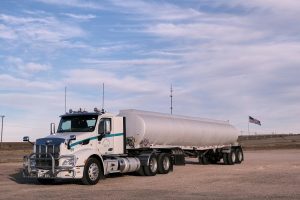
Many policy buyers are shocked to find that they have to pay such high premium rates, but little do they bother to do something about it. The result is that they straightaway pay up the value processed by an insurer, without knowing the details every year. However, from now onwards, it is time to be aware of how bike or car insurance premiums increase each year in rates.
Factors affecting the increase in premium rates
Before moving forward, one should know that premium is a type of periodic investment that an individual has to pay the insurer for a purchased insurance policy. It is similar to purchasing a product on an EMI-basis. In return, the policy offers numerous benefits in the form of damage costs, accidental claims, etc.
To set an increase in the premium rate, any bike or car insurance policy requires three factors to cover:
- Third party coverage:
When your insured car causes any type of damage to a property or a person, then this type of loss is covered through your insurance policy under the regulation known as Third Party Liability (TPL). A general TPL coverage does not offer financial support for any damage to your owned vehicle. However, you do have an option to upgrade or purchase a policy that offers repair benefits as well. Depending upon the capacity of your car, your TPL premium is calculated, which is proposed by the Insurance Regulatory Authority of India (IRDA).
- Coverage via Own damage (OD):
Coverage for OD is a prudent option that one may want in his/her policy. This cover is also one of the factors that calculate the car insurance premium applicable in your scheme. In this benefit, the insurer is liable to reimburse any costs involving damages due to a natural calamity such as an earthquake, storm, fire, etc. Moreover, it also pays up for any costs involving artificial accidents or any other external factors. As for the value of premium, it is decided based on the Insurance Declared Value (IDV). IDV is the total assured sum by an insurer on your insured vehicle for any damage or theft loss. Technically, increase in IDV leads to a higher premium rate. Thus, increase in the age of your car, leads to lower value of your car and hence decreases the IDV and your premium rate.
- Accident cover on personal factors:
This factor is the most common one and is applicable by default in all motor vehicle insurance policies. As per personal accident coverage, if your vehicle meets with any accident that leads to permanent disability of the person, then the insurer provides a mandatory accidental cover to the affected person. This cover does require one to mention the names of the people who can benefit from the policy beforehand (passenger cover). Thus, more the number of passengers, the higher will be the sum assured as well as the premium rate.
Conclusion:
It never hurts or wastes your time to understand the investments we make in life, especially in policies that ultimately benefits us. So be assured of the amount you invest and avoid risking your safety.








